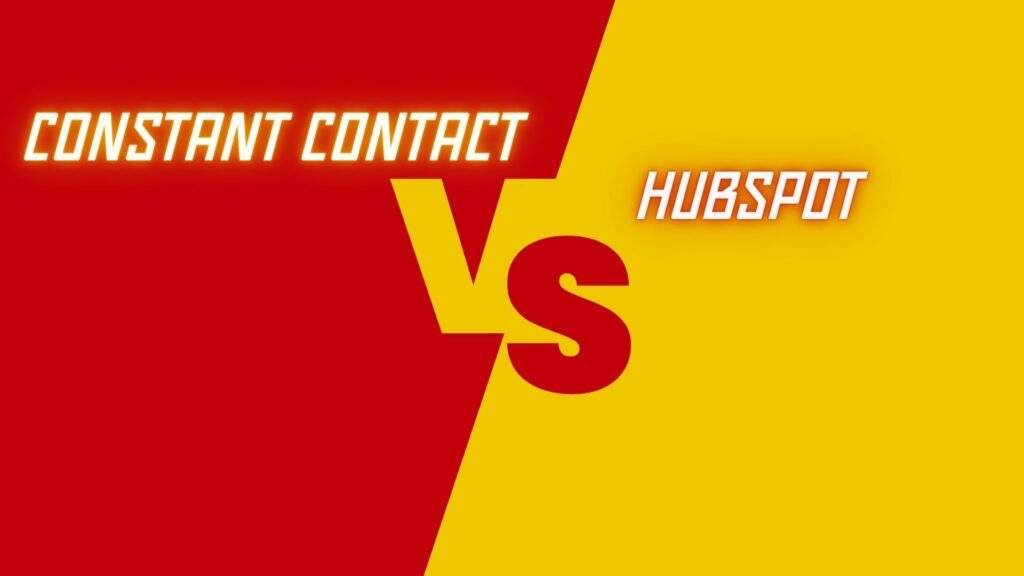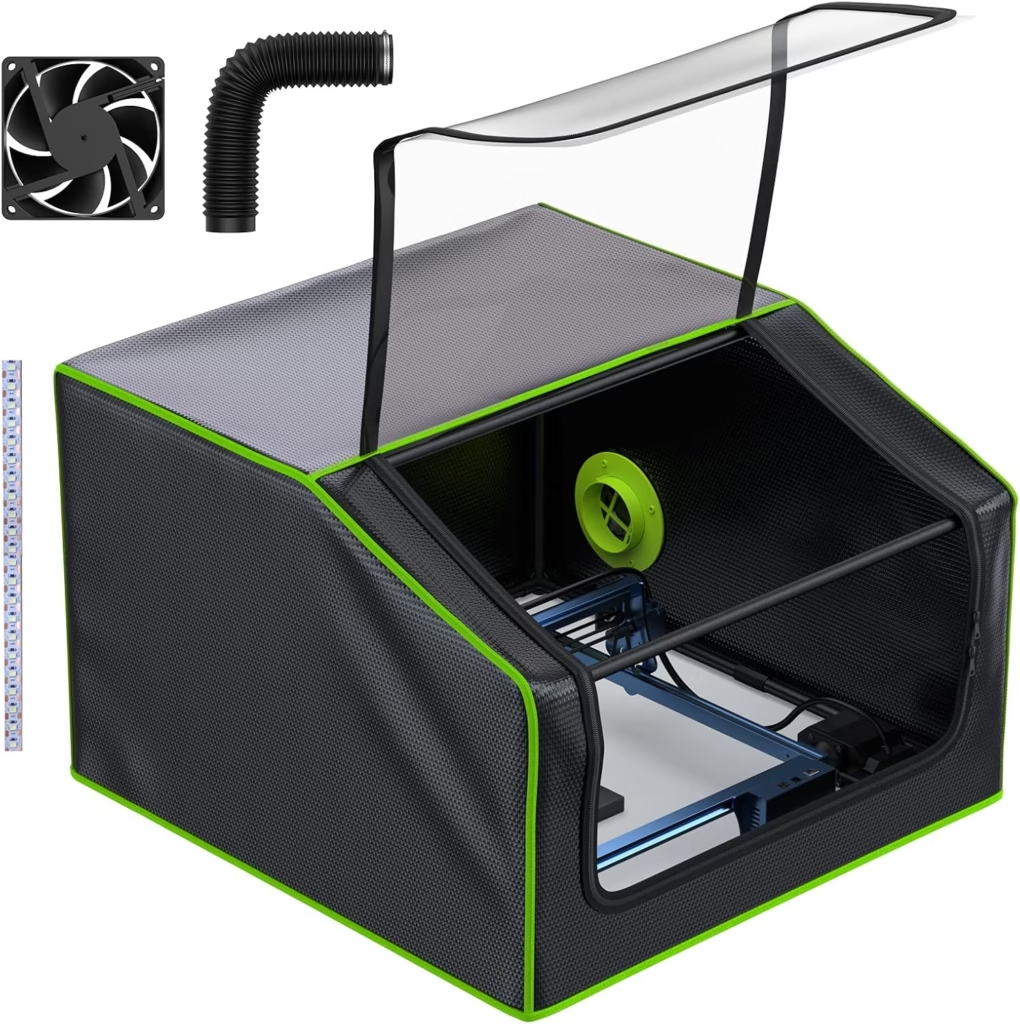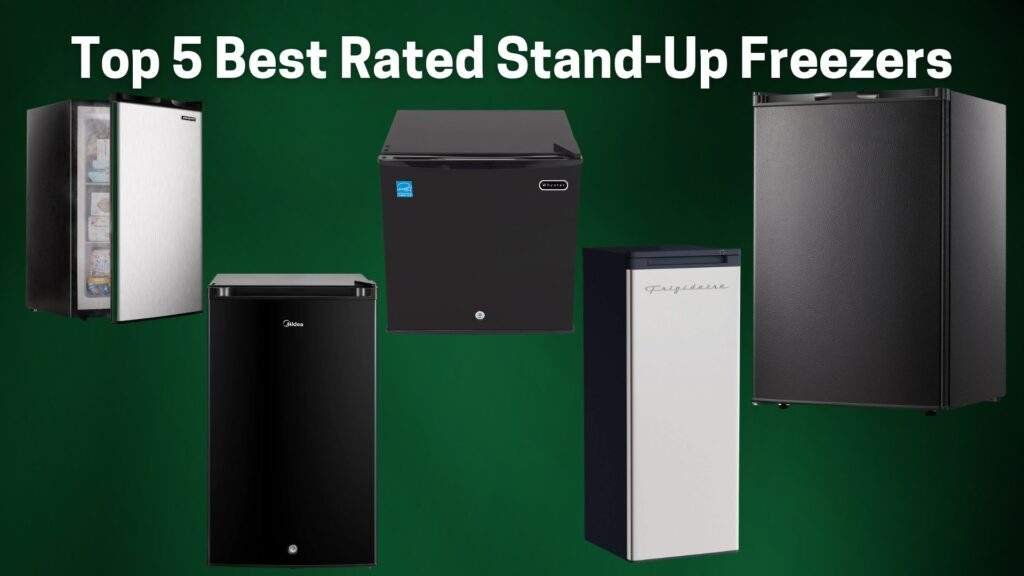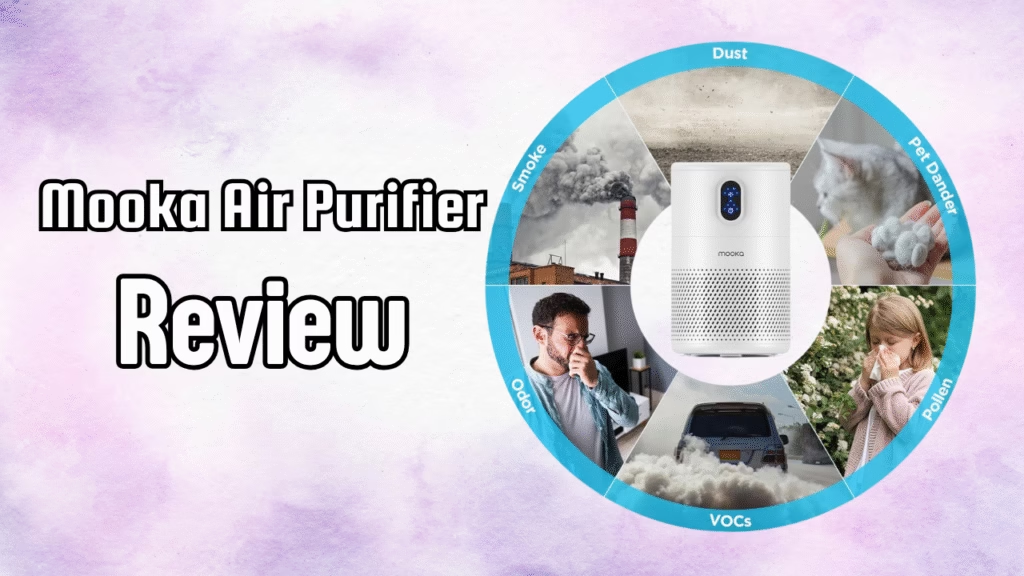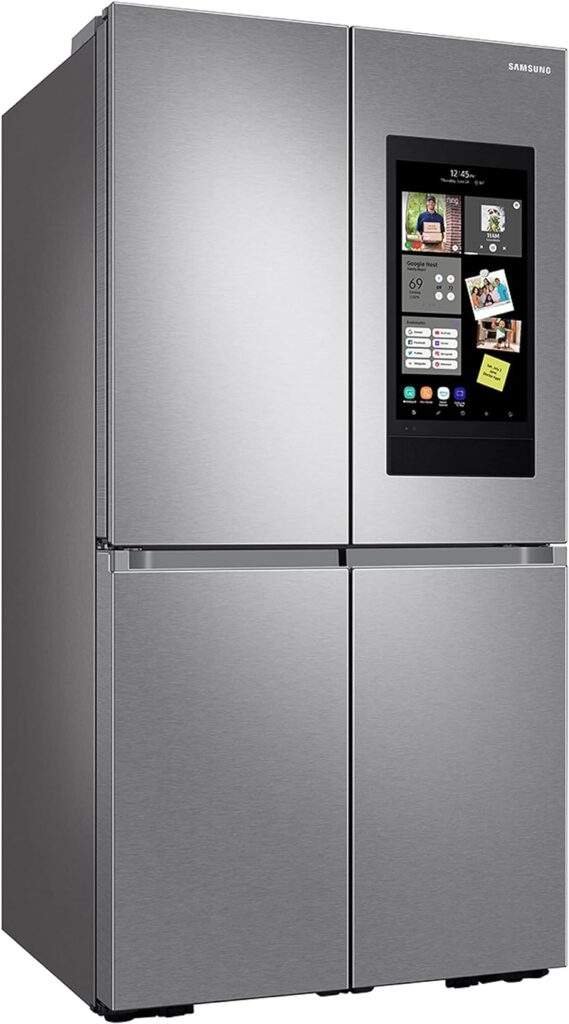Discover affordable, simple ecommerce solutions for limited product lines. Learn tips on setup, marketing, and scaling your small store.
Table of Contents
Introduction
If you have only a handful of products or services you want to sell online, you might be wondering how to set up a sleek, professional, and cost-effective digital storefront without overspending. In many cases, popular e-commerce platforms and extensive feature sets can seem excessive for very small inventories. This is why focusing on the cheapest ecommerce solutions for just a few items is an excellent strategy.
In this guide, you will learn how to navigate the world of budget-friendly online selling platforms, marketing tools, and essential factors to consider before launching your store. You will also discover how to leverage additional resources, like Amazon’s FBA model and specialized research tools, to streamline your operations. By the end, you will have a clear roadmap for creating a minimal yet professional online store, insights into scaling as your business grows, and guidance on optimizing the entire process.
Understanding the Concept of “Cheapest Ecommerce for Very Few Items”
If you only have a small catalog—say, two or three products—paying for a full-fledged e-commerce platform loaded with features you don’t need might seem like overkill. The concept of “cheapest ecommerce for very few items” revolves around finding a platform or set of tools that caters to small sellers who want minimal initial costs and simplified user interfaces. This approach ensures you save money and time by avoiding advanced functionalities that do not align with your immediate needs.
What Does “Cheapest” Really Mean?
“Cheapest” in the context of ecommerce can refer to multiple things:
- Low Monthly Subscription Cost: Some platforms charge a monthly fee, which can vary depending on the plan’s feature set.
- Low Transaction Fees: While it’s possible to have a free or low monthly cost, transaction fees might drive up your overall expenditure.
- Minimal Overhead in Maintenance: Even if a platform is inexpensive, additional hidden costs such as paid plugins, themes, or hosting can add up.
For a small inventory, you should focus on a balance of affordability, essential features, ease of use, and scalability. Finding that sweet spot ensures you only pay for what you need at the moment, but also remain open to adding more features when your store grows.
Who Benefits From a Small-Scale Ecommerce Setup?
A cheap, small-scale ecommerce setup is ideal for:
- Hobbyists and Artisans: If you create handmade crafts, artwork, or unique designs and only want to sell a few items, a simple store can highlight your creations without complicating the process.
- Niche Sellers: Certain specialized niches only have a few products in their line. These businesses can benefit from a minimal digital storefront that still looks professional.
- Beginners Testing an Idea: If you’re unsure about the market demand for your items, starting small can help you validate your product idea without a large upfront investment.
- Service Providers Offering Add-On Products: Consultants or service-based businesses might only sell a couple of digital products—like eBooks or specialized tools—alongside their main service offerings.
Why a Minimal Product Approach Can Be Beneficial
It might seem counterintuitive to limit your online store’s product range, but a minimal approach can yield some surprising benefits, especially when you’re starting out. You can maintain better focus on your products, provide high-quality customer service, and manage your online presence more efficiently.
Reduced Upfront Costs
When you sell only a few products, you don’t need to invest in large-scale inventory management or advanced shipping integration. Everything from your hosting plan to your marketing tools can be pared down to the essentials. This reduces your overall financial risk, which is critical when you’re uncertain about how much traction your products will gain.
Simplified Management
Maintaining and updating an online store with dozens or hundreds of SKUs requires extensive data entry, frequent updates, and possibly a team to keep everything accurate. With a small inventory, you can do this yourself in a fraction of the time. You’ll have more opportunities to optimize your listing descriptions, communicate with customers, and improve the overall user experience.
Faster Setup Time
Large e-commerce solutions can take weeks or even months to configure. In contrast, many simple store platforms allow you to have a fully functional website up and running within a day or two. This quick turnaround lets you get your products in front of customers faster and start collecting feedback.
Focused Customer Experience
When you highlight a small selection of items, your customers aren’t overwhelmed by choices. A minimal store can guide them more easily toward the right product. This focus often translates to higher conversion rates because visitors encounter fewer distractions.
Key Factors to Consider When Building an Ecommerce Store with Few Items
Even if you only plan to sell a couple of products, certain aspects of your online store setup remain essential. Here are the critical factors you need to weigh before investing in a specific platform or tool:
1. Costs and Budget
- Platform Subscription: Check monthly fees. Some platforms have basic plans that are suitable for tiny catalogs.
- Transaction Fees: Investigate how much each platform charges per sale. A low monthly subscription sometimes hides higher transaction fees.
- Maintenance: Consider ongoing website maintenance, plugin costs, or theme purchases. Some solutions require more technical knowledge, leading you to hire outside help.
2. User-Friendliness
- Ease of Setup: If you’re not tech-savvy, a platform with a simple onboarding process helps you avoid frustration.
- Customization Options: Even with a few products, you want the freedom to design your store to match your brand.
3. Payment Methods
- Payment Gateways: Ensure the platform supports popular gateways like PayPal or Stripe so customers can pay easily.
- Currency and Regional Support: If you plan to sell globally, confirm that your store can process multiple currencies or handle international shipping.
4. Scalability
- Growth Potential: Choose a platform that can scale with you. Even if you start small, your business might expand.
- Plugin Ecosystem: Check if there’s a rich library of add-ons that allow you to add features like live chat, advanced marketing, or inventory management when you need them.
5. Marketing Integrations
- Email Marketing: Integrations with tools like GetResponse or Mailchimp can streamline your promotional campaigns and newsletter distribution.
- Social Media: The ability to link and sell through social media can boost your visibility and keep costs down.
- SEO Friendliness: Even if you have few products, you need to rank well in search results for maximum exposure.
6. Customer Support and Documentation
- Knowledge Base and Tutorials: A thorough help center can guide you through setup and troubleshooting.
- Community Forums: A vibrant user community might save you money and time when you need quick answers.
Best Platform Choices for the Cheapest Ecommerce for Very Few Items
When you’re exploring “cheapest ecommerce for very few items,” you’ll encounter many platforms that cater to different business types. Below are some popular choices that offer cost-friendly solutions and are well-regarded in the industry. Each platform has its own advantages and limitations, so selecting the right one depends on your specific needs.
1. Shopify Lite
Shopify is a major name in ecommerce, renowned for its easy-to-use interface and robust backend. While the main Shopify plans might seem more fitting for bigger stores, Shopify Lite is specifically designed for small sellers and people who want to integrate a simple buy button on their existing website.
Key Features
- Buy Button and Checkout: Embed the Shopify “Buy Button” into your website or blog to handle transactions seamlessly.
- Facebook Integration: Sell directly on Facebook through the Shopify Lite plan, allowing you to manage sales from one dashboard.
- In-Person Sales Option: If you also sell in-person at fairs or pop-up shops, Shopify Lite’s Point-of-Sale (POS) integration can be beneficial.
Potential Downsides
- You don’t get a full standalone Shopify
store with Shopify Lite; it’s more of a checkout solution you embed elsewhere. If you want a complete hosted storefront, you might need a higher plan or another platform.
2. Big Cartel
Big Cartel is famous for catering to artists, creators, and independent sellers who typically have a limited range of products. The platform offers a free plan for those selling up to five products, making it an excellent option if you’re starting with a very minimal catalog.
Key Features
- Free Plan for a Few Products: You can list up to five items at no cost, making it attractive for micro-sellers or hobbyists.
- Easy Setup: The platform is designed to be user-friendly, with minimal configuration required to get your store live.
- Art-Friendly Themes: Big Cartel themes are aesthetically oriented, perfect for showcasing creative products.
Potential Downsides
- Limited customization options can be an issue for advanced users.
- The free plan has fewer features and might lack advanced analytics or marketing tools.
3. Ecwid
Ecwid is a flexible ecommerce solution that integrates smoothly with existing websites, social media profiles, and multiple marketplaces. It offers a free plan that lets you sell a limited number of items, which is ideal for a small inventory.
Key Features
- Free Plan for Up to 10 Products: If you only have a handful of items, this might be sufficient.
- Multichannel Selling: Ecwid supports selling on Facebook, Instagram, and other social platforms.
- Easy Integration: You can add Ecwid to platforms like WordPress, Wix, or even a custom-coded site.
Potential Downsides
- Advanced features and integrations come with higher-tier plans.
- The design customization options can be more limited compared to some specialized site builders.
4. WooCommerce (with WordPress)
If you already have a WordPress site, WooCommerce could be a cost-effective and straightforward extension to handle ecommerce functionalities. While WooCommerce itself is free, you will need hosting for your WordPress site, and some paid plugins may be necessary for advanced capabilities.
Key Features
- Open-Source Flexibility: You can customize almost anything through themes, plugins, or custom code.
- Large Plugin Ecosystem: From SEO tools to marketing automation, WooCommerce supports a massive range of extensions.
- Scalability: If your inventory grows, WooCommerce can easily accommodate more products and advanced features.
Potential Downsides
- Requires WordPress knowledge and ongoing maintenance, including plugin and theme updates.
- Some essential functionalities might require premium plugins, increasing costs over time.

5. Squarespace Commerce
Squarespace is known for its visually appealing templates and user-friendly site builder. Squarespace Commerce integrates smoothly into its main site-building functionality, making it a unified platform that can handle ecommerce efficiently if your product range is small or medium in size.
Key Features
- Beautiful Templates: Squarespace themes are well-designed, ensuring your products look professional.
- All-in-One Solution: You get hosting, design tools, and ecommerce features in a single package.
- Marketing Features: Built-in SEO tools, email campaigns, and blogging functionality help you promote your small store.
Potential Downsides
- Transaction fees for lower-tier plans.
- Less flexibility compared to open-source platforms like WooCommerce.
6. Selz (Discontinued but Alternatives Available)
Selz was once a popular option for small sellers looking for an easy storefront solution. Although it has discontinued new sign-ups (many features were integrated into other platforms), you can find similar features in platforms like Payhip or Gumroad, which cater specifically to digital products and small catalogs.
Key Features (From Alternatives)
- Digital Product Support: Many alternative platforms excel in selling digital goods like eBooks, music, or courses.
- Pay-as-You-Go Plans: Some alternatives charge only transaction fees with no monthly subscription.
- Focus on Creators: Payhip and Gumroad often have marketing features tailored for artists, writers, and content creators.
Potential Downsides
- Feature sets can be limited, and you might need separate tools for advanced marketing or analytics.
- Branding customization can be minimal with some lower-tier plans.
Incorporating Essential Marketing Tools for Micro Ecommerce Stores
Even if you only have a small store, you’ll want to stay connected with your customers and prospects. Email marketing stands out as one of the most cost-effective methods for reaching out to an audience, regardless of store size. With just a few products, you can still keep people interested with product announcements, seasonal sales, or behind-the-scenes stories that make your brand more personal.
GetResponse
GetResponse is a leading email marketing platform that offers user-friendly tools, automation features, and robust templates. Whether you’re a beginner or an experienced marketer, you will appreciate how easy it is to set up email sequences, newsletters, and promotional campaigns.
Key benefits:
- Drag-and-drop email builder and landing page creator.
- Advanced marketing automation funnels, helping you nurture leads effortlessly.
- Integration with popular ecommerce platforms for quick setup.
- Free trial option is available for you to explore the features before committing.
Mailchimp
Mailchimp is another well-known name in email marketing, especially among small businesses. Its intuitive interface and free plan for users with smaller email lists make it a preferred choice for beginners.
Key benefits:
- Simple setup with extensive guides for new users.
- Wide range of email templates and easy-to-use design tools.
- Audience segmentation to personalize messages for your small but growing subscriber base.
- Free trial options and limited free-tier accounts, enabling low-cost experimentation.
Why Email Marketing Matters Even With Few Products
- Customer Retention: Building an email list lets you keep customers updated about new items or restocks.
- Upselling Opportunities: Even with one or two products, you can suggest add-ons or related services to your existing customers.
- Personalized Engagement: With automation, you can welcome new subscribers, send thank-you messages post-purchase, or reward loyal customers with discounts.
Leveraging Amazon FBA for Tiny Product Ranges
If you have products that might perform well on Amazon’s massive marketplace, then Amazon FBA (Fulfillment by Amazon) could be a smart path. FBA allows Amazon to handle shipping, customer service, and returns, freeing you up to focus on other areas of your business. This can be an especially compelling option if you have a unique product with high demand or if you want to reach a global audience without dealing with shipping logistics yourself.
Key Benefits of Amazon FBA for Small Sellers
- Prime Eligibility: Your products become eligible for Amazon Prime two-day shipping, increasing appeal to loyal Amazon shoppers.
- Global Reach: Listing on Amazon exposes your product to millions of potential customers worldwide.
- Streamlined Operations: FBA handles storage, packing, and shipping, which is especially useful if you have minimal storage space or limited time.
Considerations
- FBA Fees: Amazon charges for storage, picking, packing, and shipping. Make sure to factor these into your pricing strategy.
- Competition: Amazon’s marketplace is crowded, so you need to optimize your listing and keep an eye on competitors.
- Branding Constraints: While Amazon provides a huge audience, you have less control over branding and direct customer relationships.
Amazon FBA Research Made Easier With Helium 10
When using Amazon FBA, product research and listing optimization become critical for standing out in a competitive marketplace. Helium 10 is a comprehensive suite of tools that helps you manage keyword research, track sales, optimize listings, and identify profitable niches.
How Helium 10 Benefits Small Amazon Sellers
- Keyword Research: Discover which search terms customers use to find products like yours, ensuring you rank higher.
- Listing Optimizer: Helium 10 offers data-backed suggestions to improve your product descriptions and bullet points.
- Inventory Management: Easily track your stock levels, ensuring you don’t run out of your few, essential products.
- Competitive Intelligence: Monitor other sellers’ pricing, reviews, and listing changes to stay one step ahead.
Free Trials and Cost-Effective Plans
Helium 10 often provides free trials or discount packages, allowing small businesses to test the waters. Even if you have only a few products, these insights can directly impact your success on Amazon by making sure your listings are as effective as possible.
Comparison Table of Popular Platforms
Below is a quick comparison table summarizing some of the discussed platforms in terms of main pros, cons, and general suitability.
| Platform | Pros | Cons | Best For |
|---|---|---|---|
| Shopify Lite | – Easy to embed buy buttons- Good for Facebook selling- Trusted checkout system | – Not a full standalone store- Requires a website to embed | Entrepreneurs wanting to add a store widget to an existing site |
| Big Cartel | – Free plan for up to 5 products- Easy setup- Ideal for artists and creatives | – Limited advanced features- Minimal customization on free plan | Hobbyists, micro-sellers, and artists |
| Ecwid | – Free plan for up to 10 products- Integrates with any site- Multichannel selling | – Advanced features require higher tiers- Limited design customization | Sellers needing a flexible cart system |
| WooCommerce | – Highly customizable- Large plugin ecosystem- Scales well | – Requires WordPress knowledge- Potential extra costs for themes and plugins | Those comfortable with WordPress and seeking flexibility |
| Squarespace | – Beautiful templates- All-in-one solution- Good marketing tools | – Transaction fees on lower plans- Less flexible than open-source solutions | Design-focused businesses or those wanting a simple, stylish setup |
Additional Tips for Your Small Online Store
Even though you’re only selling a few products, there are strategies that can help you make the most of your store and grow your brand.
1. Optimize Product Descriptions
With only a few items in your catalog, you have the opportunity to craft highly detailed and persuasive product descriptions. Focus on the benefits of each product, use high-quality images, and be transparent about any unique features or materials.
2. Leverage Social Proof
Encourage customers to leave reviews or testimonials, and display these prominently. Even if you’re just starting out, obtaining a handful of positive reviews can significantly boost credibility.
3. Use Social Media Strategically
Platforms like Instagram or Pinterest can be excellent for showcasing a small product line. Make your profiles shoppable if possible, and engage with your audience by sharing behind-the-scenes content, product usage ideas, or stories about your brand’s mission.
4. Focus on Email Capture
Since you’re relying on a small product selection, building a subscriber list can help you nurture leads over time. Use tools like GetResponse or Mailchimp to send newsletter updates, special offers, or early access deals.
5. Upsell and Cross-Sell
Even with only a couple of products, consider offering a bundle or supplementary item that complements your main product. This can help increase average order value without complicating your inventory.
6. Monitor Your Analytics
Keep track of website traffic, conversion rates, and customer behaviors. This information helps you pinpoint issues in your sales funnel and adjust strategies accordingly. Many platforms have built-in analytics, or you can integrate Google Analytics for deeper insights.
Setting Up Your Store Step-by-Step
Here is a quick roadmap to help you launch an online store for a small product range, from start to finish:
- Define Your Budget: Determine how much you can spend on platform fees, transaction fees, and marketing tools.
- Select a Platform: Based on your budget, technical skill, and desired features, pick from Big Cartel, Ecwid, Shopify Lite, or any other discussed option.
- Register a Domain: A custom domain lends credibility. Some platforms allow you to buy a domain directly through them.
- Set Up Basic Pages: Include a homepage, product page, about page, and contact page. For very few products, keep navigation simple.
- Configure Payment and Shipping: Integrate payment gateways like PayPal or Stripe. Decide on shipping costs or incorporate real-time shipping rates if available.
- Design Your Store: Choose a clean, visually appealing theme. Upload high-quality images of your products.
- Write Product Descriptions: Focus on clarity, essential details, and how your product solves a problem or meets a need.
- Add Legal Pages: Even small stores need basic legal policies, such as a privacy policy, terms of service, and return/refund policy.
- Test Your Checkout: Make a test purchase to ensure everything works smoothly. Verify that emails or order confirmations are triggered.
- Plan a Marketing Strategy: Consider email marketing campaigns with GetResponse or Mailchimp. Set up social media profiles to drive traffic.
- Launch and Monitor: Go live, monitor analytics, and make continuous improvements based on customer feedback and data insights.
Maintaining an Objective Perspective
No single platform or tool is universally perfect for every business. If you only need to list two or three products, the best approach is to define your priorities—cost, ease of use, design, or specific integrations—and choose a platform that scores well in those areas. Try free trials where possible, run comparisons, and gather a sense of which platform feels the most intuitive for you.
At the same time, keep an open mind about potentially scaling in the future. Even if you are confident that your catalog will remain small, it’s good to pick a solution that offers upgrade options, just in case your product line evolves.
Scaling Up from a Few Items to a Full-Fledged Store
If your store begins to attract more customers or if you decide to expand your product range, consider these steps for smooth scaling:
1. Upgrade Your Plan
Many platforms offer tiered subscriptions. Upgrading from a free or basic plan to a higher plan often unlocks advanced reporting, better support, and additional design or marketing capabilities.
2. Incorporate Advanced Marketing Tools
Once you have a larger audience, sophisticated marketing automation or CRM integrations might become necessary. GetResponse and Mailchimp both offer advanced automation tiers, allowing you to segment your audience and run more targeted campaigns.
3. Expand Your Channels
Look into selling on marketplaces like Amazon, eBay, or Etsy if your product line fits. You can also consider local consignment stores or pop-up events.
4. Invest in Better Branding
As your revenue grows, you can allocate more funds toward professional design, branding, or even hiring specialists to polish your store’s appearance and copy.
5. Add Inventory Management
A bigger catalog demands proper inventory tracking to avoid overselling and backorders. Platforms like WooCommerce have plugins for this, while Shopify offers built-in solutions on higher plans.
Common Pitfalls to Avoid
When aiming for the cheapest ecommerce for very few items, be mindful of common mistakes that can undermine your efforts:
- Choosing Based Solely on Cost: While affordability is crucial, ensure the platform meets your basic functionality needs and offers room for growth.
- Ignoring Marketing: Even a few products need marketing. Relying solely on word-of-mouth may limit your reach.
- Overlooking User Experience: A cumbersome checkout or poorly designed website can deter buyers.
- Forgetting Mobile Optimization: Many shoppers browse and buy on mobile devices. Pick a responsive template and test thoroughly.
- Not Testing the Tools: If a free trial is available, always use it to ensure compatibility with your workflow.
Putting It All Together
Setting up a minimal online store is more than just a budget decision. It’s about efficiency, clarity, and focus—letting your products shine without distractions. By selecting the right platform, honing your marketing strategy with tools like GetResponse and Mailchimp, and applying data-driven approaches (particularly if you explore Amazon FBA with the help of Helium 10), you can unlock a new revenue stream without a hefty upfront commitment.
Cheapest does not necessarily mean low-quality. In today’s digital marketplace, a lean and focused approach can outperform sprawling stores burdened by complexity. By consistently refining your store based on analytics and user feedback, you will be able to make the most of your limited product range and stand out in a cluttered online environment.
Conclusion
Launching an online store with only a few products offers unique advantages, including reduced costs, simpler management, and quicker setup times. You have a range of affordable platforms—from Big Cartel and Ecwid to Shopify Lite and WooCommerce—that allow you to build a professional presence without draining your budget. By combining a carefully chosen platform with effective email marketing tools such as GetResponse and Mailchimp, you can maintain strong customer relationships and grow your brand over time.
Should you venture into Amazon’s vast marketplace, consider leveraging the power of Helium 10 to optimize your product listings and stay competitive. Whether you’re just testing a product idea, running a small creative venture, or simply prefer to keep your business lean, the tools and approaches discussed in this guide can help you succeed. The ultimate goal is to find the balance between minimal expenses and the essential features that keep your customers happy, your products well-represented, and your store running smoothly.
If you stay dedicated to continuous improvement, pay attention to customer feedback, and remain open to tweaking your methods, you will gradually see growth—and perhaps even expand your product line. Until then, starting small doesn’t mean you can’t do big things with your ecommerce journey.









